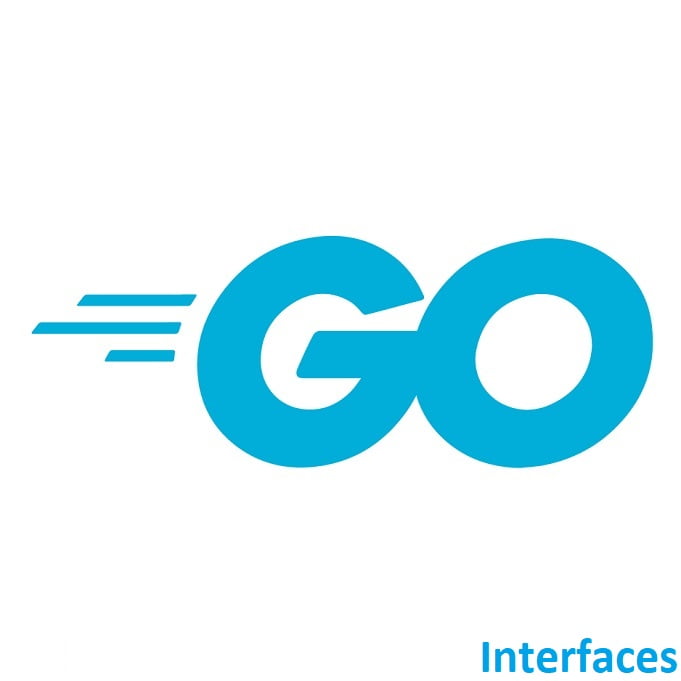Hey there! I’m Luke, a tech enthusiast simplifying Arduino, Python, Linux, and Ethical Hacking for beginners. With creds like CompTIA A+, Sec+, and CEH, I’m here to share my coding and tinkering adventures. Join me on Meganano for easy guides and a fun dive into tech, no genius required!
